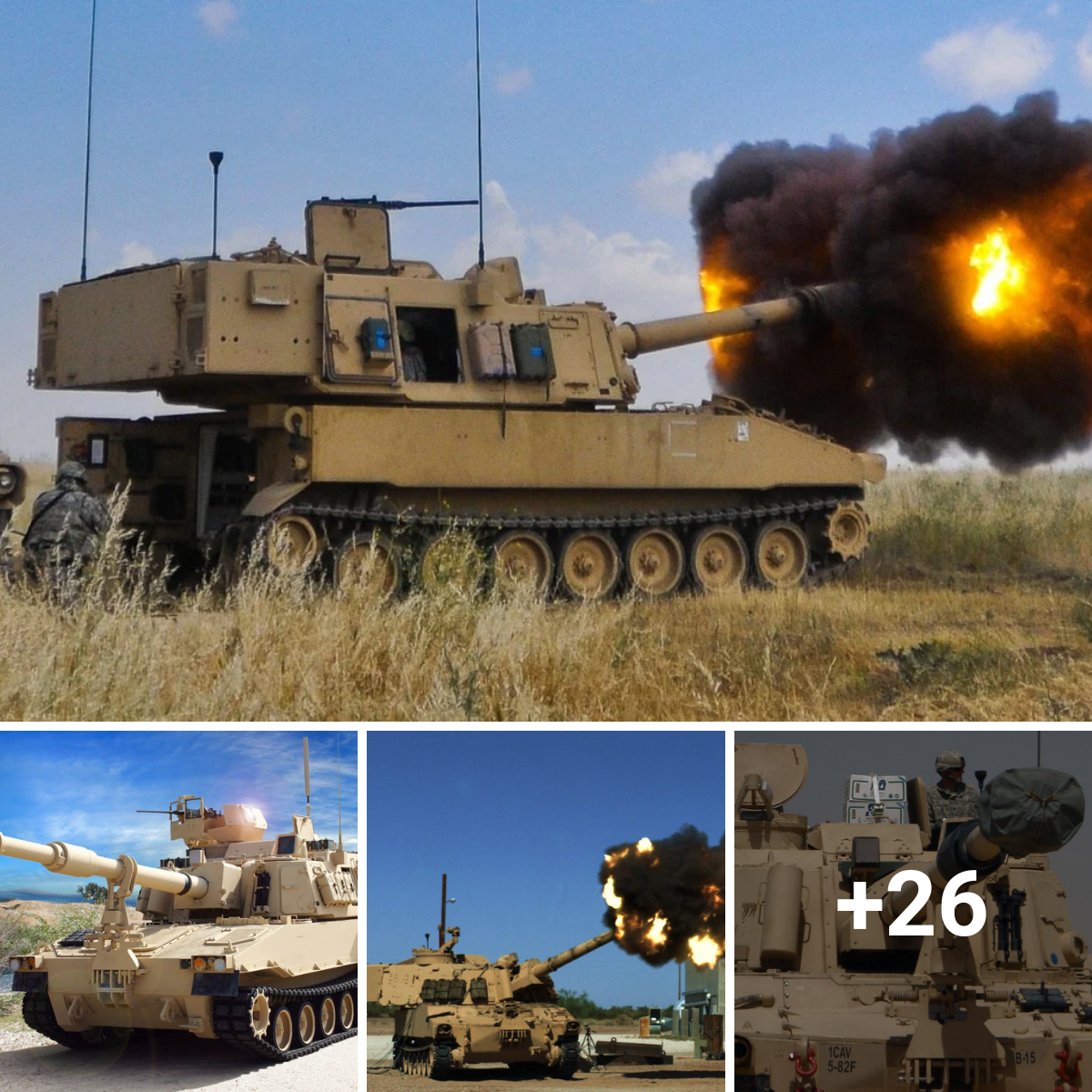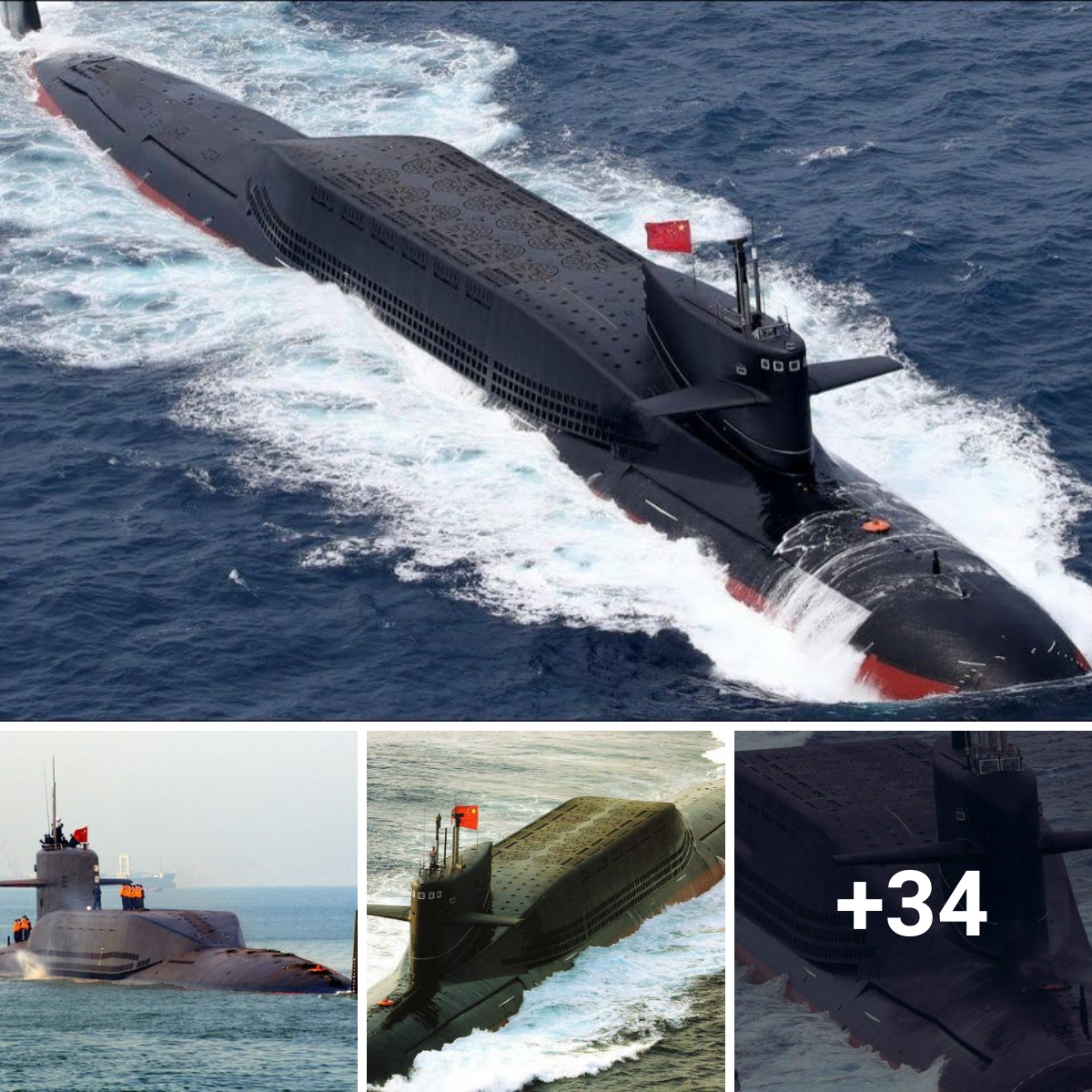Here’s What You Need to Know: The Turkish Army downsized following the end of the Cold War, but remains a regional power.
Straddling two continents, Turkey has one of the most powerful armed forces in Europe or Asia. Over four hundred thousand strong, Ankara’s armed forces are divided into the Army, Air Force, and Navy. A Special Forces Corps exists and is subordinate directly to the Turkish General Staff. The Turkish military formed a bulwark against the Warsaw Pact during the Cold War, facing Bulgarian, Romanian and Soviet forces that in wartime would drive south through Thrace and seize the Bosphorus Strait.

After the fall of the Soviet Union the Turkish Army downsized, shrinking from approximately 370,000 to 260,000 while shifting to an entirely mechanized force. The Turkish Air Force is one of the strongest in the region, consisting of nearly 300 F-16 Fighting Falcons. Also, the Turkish Navy is one of the largest in the eastern Mediterranean, with more than a dozen submarines and a marine infantry brigade.
Much of the Turkish military’s equipment is foreign made but the country is currently making an effort to build up its military industrial base. Turkey is developing locally produced tanks, rockets and missiles, and is expanding ties with foreign defense contractors. Turkish companies were subcontractors for the F-35 Joint Strike Fighter, and Turkey is now developing its own fighter jet. With that in mind, here are five of the most powerful weapons in the Turkish military.
SOM-J Cruise Missile:

As part of Turkey’s contribution to the F-35 program, Turkish defense contractor Roketsan partnered with Lockheed Martin to develop the SOM (Stand Off Missile) cruise missile. SOM is Turkey’s first cruise missile, designed to attack targets both on land and at sea. There are several versions under development but the most advanced is probably SOM-J. SOM-J was designed to be carried internally in the F-35 Joint Strike Fighter’s weapon bays, preserving the jet’s stealthy profile against probing enemy radars. The missile is also designed to be carried externally by several types of warplanes—especially the F-16 fighter.
Lockheed Martin describes SOM-J as, “for use against heavily defended, high-value anti-surface warfare (ASuW) and land targets. These include surface-to-air missile (SAM) sites, exposed aircraft, strategic assets, command and control centers and naval vessels.” Like most cruise missiles,SOM-J is turbojet powered and flies at subsonic speeds. It has a range of 155 miles and a high explosive warhead designed to be effective against hardened targets.
Leopard 2 Tank:

Turkey’s first line main battle tank is the the German-made Leopard 2. Developed during the 1970s, the Leopard 2 is a contemporary of the American Abrams. The Leopard 2 features an advanced composite matrix armor, 120-millimeter smoothbore gun, and a 1,500 horsepower diesel engine. The Leopard 2 was designed for the West German Army, giving it a credible tank force against the forces of the Soviet Union and the Warsaw Pact, and at its height the Bundeswehr operated 2,100 Leopard 2 tanks.
The end of the Cold War saw a unified Germany eviscerate its tank force, and Turkey was one of many countries that purchased second-hand Leopard 2s. Turkey operates several hundred Leopard 2A4, but the tanks lack many of the improvements—particularly additional armor—other Leopard 2 operators such as Germany, Singapore, and Sweden have added to their tanks. In 2016 at least ten Turkish Leopard 2s were destroyed in fighting with Islamic State militants operating anti-tank guided missiles.
F-16 Fighting Falcon:
The Turk Hava Kuvvetleri, or Turkish Air Force operates one of the largest F-16 fleets outside of the United States. The TAF operates approximately 270 F-16s and divides them into 158 F-16Cs in the fighter role and 87 in the trainer role. Turkey owns F-16 Block 30, 40, and 50 jets, the latest entering service in 2012. Turkey’s fighters are armed with AIM-9X Sidewinder and AIM-120 AMRAAM air to air missiles, Maverick air-to-ground missiles, and GBU-12 Paveway II laser guided bombs.

Turkey not only flies the F-16, it is one of only a handful of countries to manufacture the aircraft. The experience gained has led the country to begin development of the country’s first indigenous fighter, T-FX. A mockup of the fighter was unveiled in the summer of 2019 at the Paris Air Show. Turkey had originally anticipated replacing older Block 30 F-16s with the F-35A, but Turkey’s removal from the Joint Strike Fighter program means the older jets will likely have to fly on, with upgrades, until T-FX is ready.
Type 209/214 Submarines:
Turkey operates fourteen Type 209 submarines, one of the largest undersea fleets in Mediterranean. The boats were laid down between 1972 and 2002, with deliveries ending in 2008. The first tranche of six Type 209/1200 boats displace 1,285 tons submerged, are armed with American Mark 37 torpedoes, and are capable of 22 knots submerged. The last was delivered in 1990, making them quite old, but half were set to receive upgrades in the 2010s. A second tranche of eight Type 209/1400 boats entered service between 1994 and 2008. These are slightly larger, at 1,586 tons submerged, and are equipped with German and UK-made torpedoes.

The oldest of the 209s are set to be replaced with six new Reis-class Type 214 submarines. The Golcuk Naval Shipyard in Izmir will build these submarines under license from Germany. The 214s displace 1,860 tons, and are equipped with eight 533-millimeter torpedo tubes for launching American Mk. 48 torpedoes and Harpoon anti-ship missiles. An important upgrade over previous submarines is the installation of an Air Independent Propulsion (AIP) system, and the ability to travel at speeds of up to six knots on fuel cells. Turkish shipyards began construction of the first ship in 2015.
B61 Nuclear Bomb:
Turkey is not, strictly speaking, a nuclear weapons state. However, the country’s status as a Cold War frontline state resulted in Ankara becoming the custodian of large numbers of American tactical nuclear weapons. The United States stores an estimated 90 B61 nuclear bombs at Incirlik Air Base, with 50 allocated to U.S. Air Force pilots and 40 allocated to Turkish Air Force pilots.
The B61 nuclear bombs are under strict U.S. military control and safety measures make it nearly impossible for any party other than U.S. forces operating under the National Command Authority to use them. Turkish forces do not have access to them except in times of war, and then only under the guidance and supervision of U.S. personnel.

The basic B61 nuclear gravity bomb weighs approximately 700 pounds. There are three tactical nuclear versions of the bomb, B61-3, B61-4, and B61-10, though it is unknown which model or models are stored in Turkey. The bombs have variable explosive yields ranging from .3 kilotons to 170, 50, and 80 kilotons, respectively. (By comparison, the atomic bomb dropped on Hiroshima, Japan had a yield of 16 kilotons.)
Kyle Mizokami is a writer based in San Francisco who has appeared in The Diplomat, Foreign Policy, War is Boring and The Daily Beast. In 2009 he cofounded the defense and security blog Japan Security Watch.





